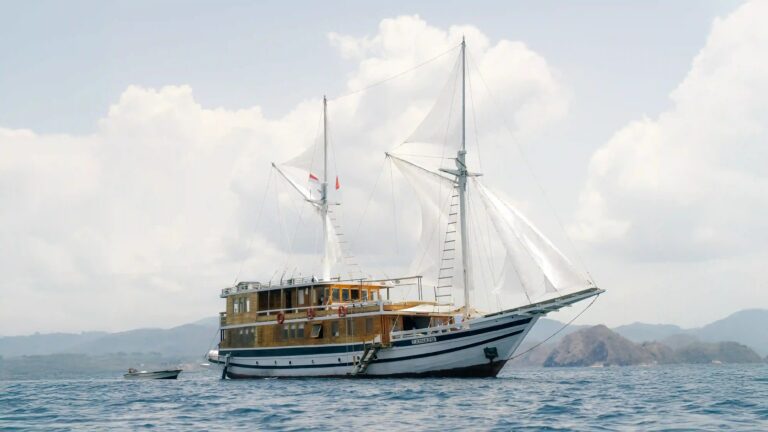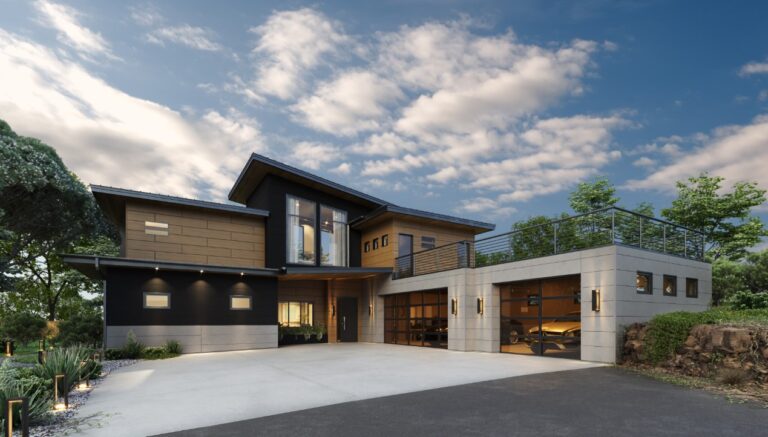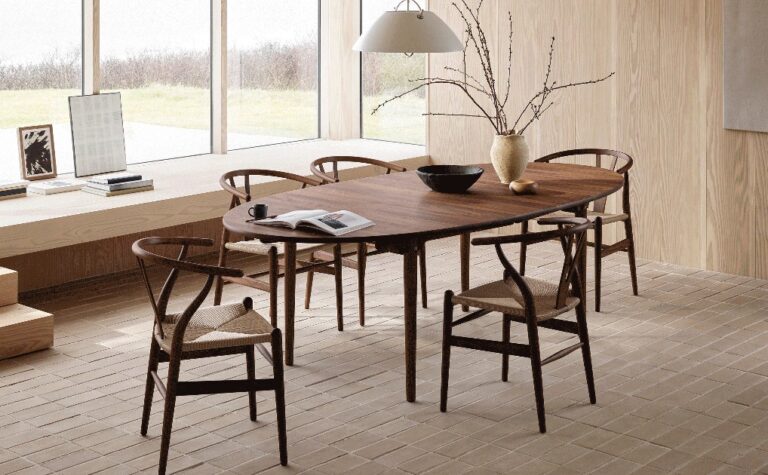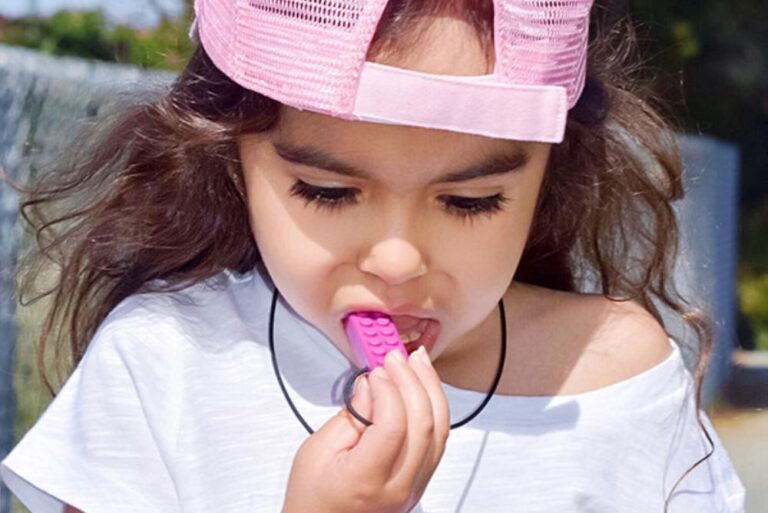Few travel experiences rival sailing through the rugged islands and turquoise waters of Komodo National Park. It’s one of those rare trips that feels both adventurous and peaceful: a mix of untamed nature, quiet bays, and raw beauty that feels far from the rest of the world.
Planning a multi-day cruise here takes some thought. The park covers a large area, the islands are remote, and the logistics can be tricky if you’re new to Indonesia’s eastern seas. But when done right, it’s the kind of trip that stays with you for life.
Let’s go step by step through how to plan it properly, what to expect on board, and how to make the most of every sunrise and coral reef along the way.
Why a Multi-Day Cruise Is the Best Way to Explore Komodo
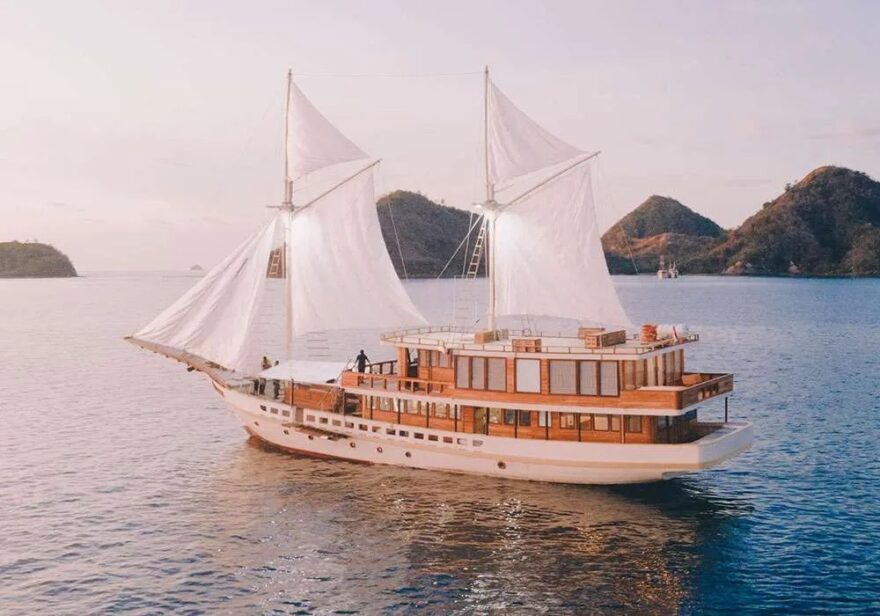
Komodo National Park sits between Sumbawa and Flores in Indonesia, spread across more than two dozen islands.
While you can technically visit on a short day trip from Labuan Bajo, a multi-day cruise is the only real way to see the park in its full rhythm.
A liveaboard gives you time to:
- Wake up to different islands each morning.
- Visit remote reefs and beaches before the crowds arrive.
- Enjoy the long, slow pace of sailing between islands.
- Catch both sunrise and sunset from the deck, often with flying foxes crossing the sky.
It’s not just transportation. It’s a moving home base that connects every part of the park – wild dragons, pink beaches, manta rays, and volcanic ridges – into one seamless experience.
For travelers who want to experience the islands in total comfort, a Komodo yacht charter offers the perfect blend of exploration and indulgence.
When to Go
The park is open year-round, but conditions change dramatically with the seasons. Here’s a quick breakdown:
| Season | Months | What to Expect |
| Dry Season | April–November | Calm seas, clear visibility for diving, golden hills, ideal cruising weather. |
| Wet Season | December–March | Lush green scenery, fewer boats, occasional heavy rain, choppier seas. |
If you want the classic Komodo postcard – bright skies, golden savannas, and manta sightings – the sweet spot is between June and September. The trade-off is higher prices and more visitors.
For a quieter but still pleasant trip, April–May or October–November offer fewer crowds and great water clarity.
Choosing the Right Type of Boat
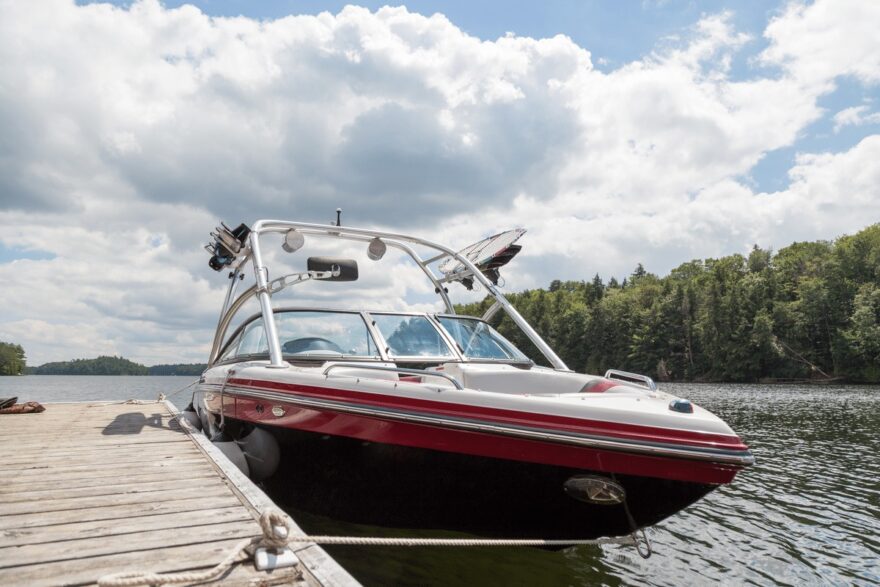
Komodo cruises come in a wide range – from basic backpacker boats to luxury phinisi yachts.
The traditional phinisi, a wooden two-masted sailing ship, is the icon of the region. Most boats fall into three categories:
| Type | Typical Price (Per Night) | What You Get |
| Budget | $80–150 | Shared cabins or deck sleeping, basic meals, simple itinerary. |
| Mid-Range | $200–400 | Private cabins with air conditioning, onboard chef, snorkeling gear, experienced guide. |
| Luxury | $600+ | Spacious suites, fine dining, professional dive crew, spa or yoga deck, custom itineraries. |
If comfort matters, go for mid-range or higher. Long days under the sun and sea can be tiring, and good food, cool cabins, and reliable staff make a big difference.
When comparing boats, check:
- Safety gear: Life jackets, first aid, and radio communication.
- Crew-to-guest ratio: Smaller groups mean more attention.
- Itinerary flexibility: Some boats follow strict routes, others adapt based on weather or wildlife sightings.
- Environmental practices: Refillable water bottles, reef-safe sunscreen policy, and waste management are good signs of responsible operators.
Booking and Preparation
The main departure point for all cruises is Labuan Bajo, on the western tip of Flores Island. You can fly there from Bali (about an hour) or Jakarta (about 2.5 hours). Most boats start and end their trips at Labuan Bajo’s harbor.
Book at least a month ahead during high season. For smaller or boutique liveaboards, two to three months is safer. Some operators also offer private charters for families or small groups, where you can set your own route and pace.
Before departure, make sure to:
- Bring cash (ATMs are limited and sometimes out of service).
- Pack light but strategic – space on board is tight.
- Have travel insurance that covers snorkeling or diving.
- Carry motion sickness medication, even if you don’t usually need it.
- Prepare for limited connectivity – mobile data drops quickly once you sail away from Flores.
How Many Days to Spend
A three-day, two-night cruise covers most highlights comfortably. You’ll see dragons, snorkel with manta rays, and stop at Padar Island for that famous panoramic view.
If you can stretch to four or five days, it’s worth it. Longer trips allow for slower sailing, less rush at each stop, and time to visit smaller islands like Sebayur or Gili Lawa, where coral gardens are pristine and sunsets feel endless.
Sample Itinerary
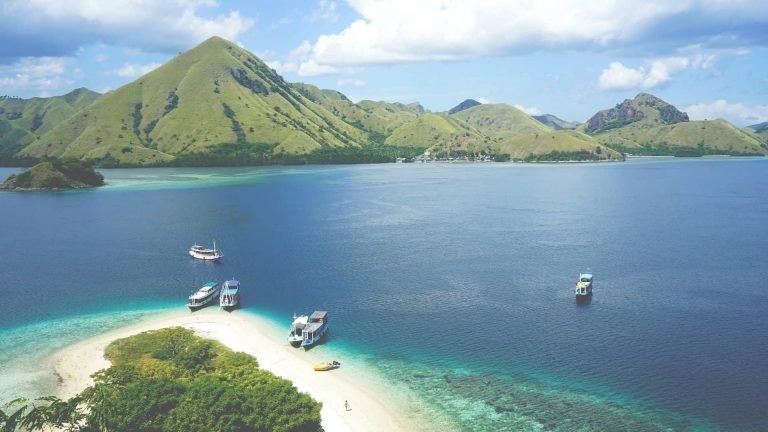
To give you a sense of rhythm, here’s what a typical 4-day cruise might look like:
Day 1: Labuan Bajo – Kelor – Rinca Island
- Morning: Depart Labuan Bajo, short sail to Kelor Island. Hike for a sweeping view of the Flores Sea.
- Afternoon: Continue to Rinca, home to one of the largest populations of Komodo dragons. Guided trek with park rangers.
- Evening: Anchor near Kalong Island and watch thousands of flying foxes take off at dusk.
Day 2: Padar Island – Pink Beach
- Early Morning: Climb Padar before sunrise for the park’s most iconic view – three bays in different colors below.
- Late Morning: Snorkel at Pink Beach, where crushed red coral gives the sand its color.
- Afternoon: Relax on deck or swim in the shallows.
Day 3: Manta Point – Taka Makassar – Siaba Besar
- Morning: Snorkel with manta rays gliding through strong currents at Manta Point.
- Midday: Visit Taka Makassar, a tiny sandbar that vanishes at high tide.
- Afternoon: Explore Siaba Besar reef, a quiet spot for turtles.
Day 4: Sebayur Island – Return to Labuan Bajo
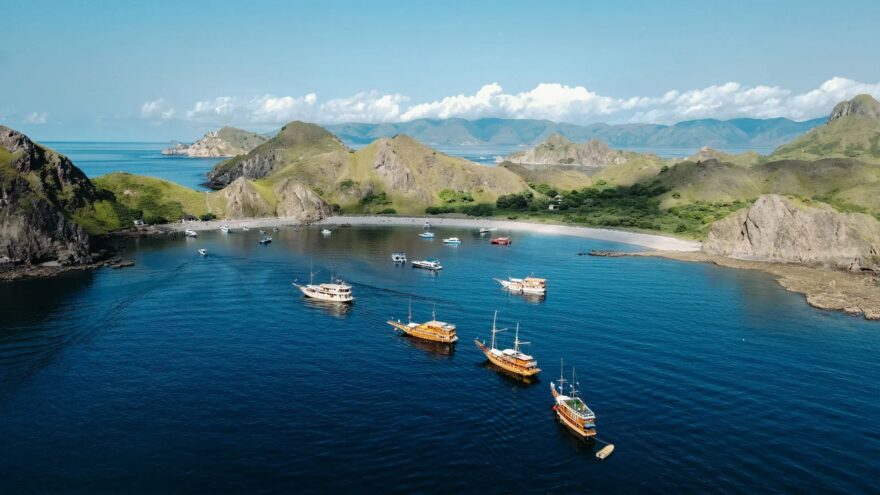
- Morning: Final snorkeling session or paddleboarding around Sebayur.
- Afternoon: Cruise back to Labuan Bajo, arriving by early evening.
This pace balances adventure and rest, giving you time to enjoy each spot without feeling rushed.
What to Pack
Packing smart makes your life on board much easier.
Essentials:
- Light clothing (quick-dry shirts, shorts, swimwear).
- Hat, sunglasses, and reef-safe sunscreen.
- Flip-flops for the deck, sturdy shoes for island hikes.
- Lightweight rain jacket during wet season.
- Snorkel gear (if not provided).
- Power bank and camera batteries.
- Refillable water bottle.
- Small dry bag for valuables during island stops.
Optional but handy:
- Sarong or light towel for lounging.
- Motion sickness wristbands.
- Compact binoculars for spotting wildlife.
- A good book or downloaded playlist for quiet sailing hours.
Safety and Park Regulations
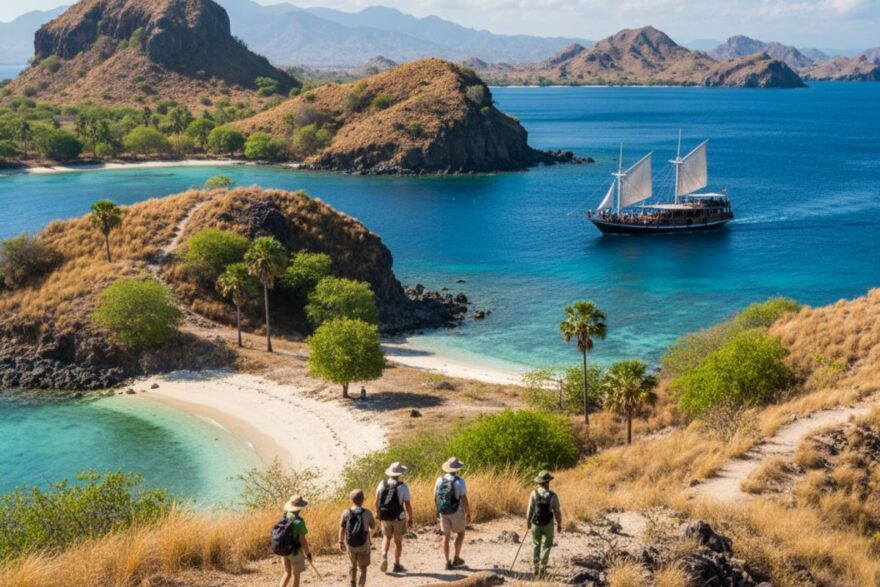
Komodo National Park is a protected area managed by the Indonesian government. Visitors must respect local regulations and wildlife protection measures.
Keep in mind:
- Stay with guides when on Rinca or Komodo Island. Dragons are wild and unpredictable.
- Do not feed or approach animals.
- Wear shoes during hikes; some trails have sharp stones and thorny plants.
- Avoid single-use plastics.
- Respect local villages – ask before photographing residents.
Entrance and conservation fees vary slightly depending on the season and activities but typically total around 350,000–500,000 IDR per day (roughly $25–35). Your boat operator usually handles the payments and includes them in your package.
Best Spots for Snorkeling and Diving
Komodo is a UNESCO World Heritage Site for a reason – the underwater world is breathtaking.
Even if you’re not a certified diver, snorkeling alone can show you colorful coral walls, reef sharks, and schools of fish so dense they shimmer like liquid silver.
Top spots include:
- Batu Bolong: A coral pinnacle teeming with life, best visited in calm conditions.
- Manta Point: Regular sightings of manta rays year-round.
- Siaba Besar: Gentle currents, ideal for beginners.
- Tatawa Besar: Known for soft corals and turtles.
If you plan to dive, check that your liveaboard is equipped with proper compressors and experienced dive masters. Strong currents make some sites suitable only for advanced divers.
Life on Board
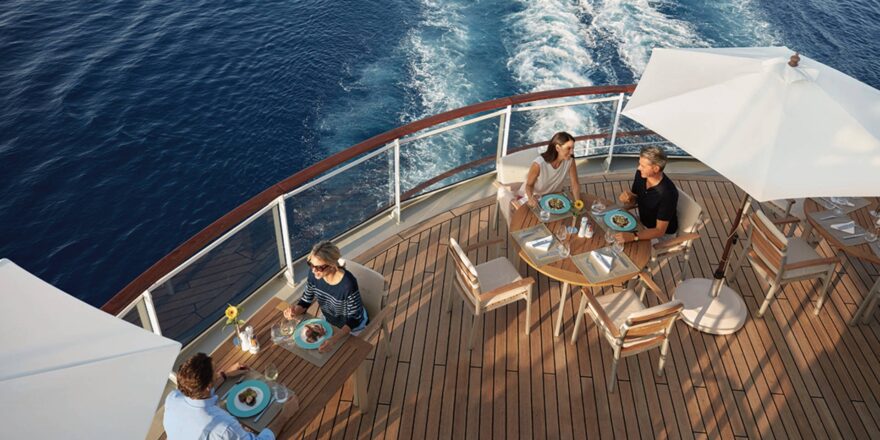
Days on a Komodo cruise blend structure with freedom. Most boats start early, taking advantage of calm morning waters and good light for hiking or snorkeling.
Meals are typically served on deck, with fresh Indonesian dishes – grilled fish, nasi goreng, tropical fruit, and plenty of coffee.
Between activities, the pace slows beautifully. You’ll nap in shaded corners, read, or just watch the sea shift colors as you sail between islands.
Nights are equally memorable: stars are clear and close, and the only sound is the gentle slap of water against the hull.
Most boats have:
- Shared or private cabins with fans or air conditioning.
- Three daily meals, plus snacks and water.
- Basic bathrooms with freshwater showers.
- Common deck space for lounging or yoga.
If you’re joining a shared cruise, the crowd tends to be friendly and international – travelers in their 20s to 50s, photographers, divers, and couples looking for something more meaningful than a resort stay.
Responsible Travel and Conservation
Komodo’s fragile ecosystem depends on travelers behaving responsibly. Over-tourism has already affected coral reefs and local communities in some areas.
Choose an operator that clearly supports conservation and fair employment for crew and guides.
Good signs include:
- Use of local produce and suppliers.
- Proper waste disposal and fuel efficiency.
- Crew training in eco-friendly practices.
- Respectful treatment of wildlife and rangers.
It’s also a good habit to bring back any trash from island visits and limit plastic use on board. Every small effort adds up in a region where waste management infrastructure is still developing.
Extending Your Trip
If you have a few more days after the cruise, stay in Labuan Bajo or explore the inland side of Flores. The island has waterfalls, traditional villages, and mountain routes that feel untouched by mass tourism.
Popular add-ons include:
- Cunca Wulang Canyon: Natural pools and cliffs for swimming.
- Wae Rebo Village: A remote mountain settlement known for cone-shaped houses and warm hospitality.
- Kelimutu Crater Lakes: Three volcanic lakes that change color depending on minerals and light.
Common Mistakes to Avoid
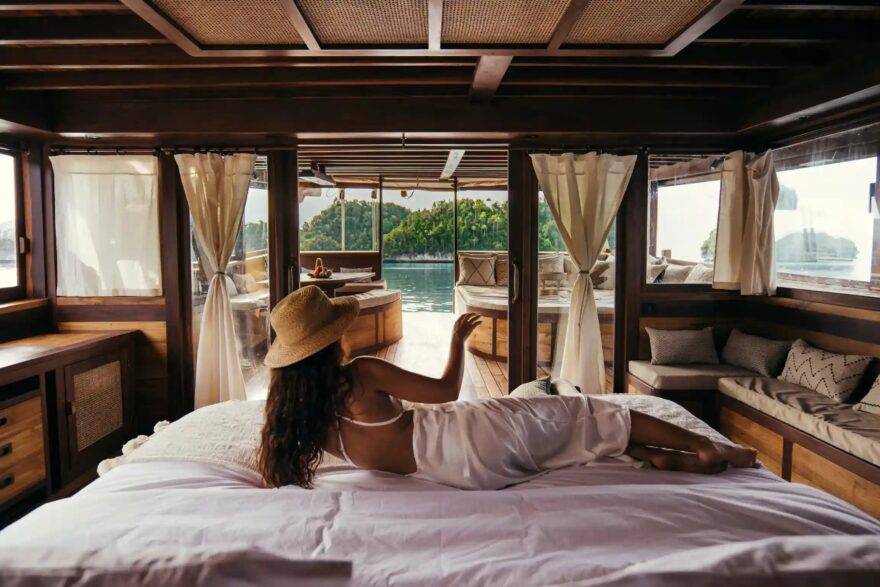
Even seasoned travelers make small errors when planning Komodo cruises. A few to keep in mind:
- Overpacking: Space is minimal on board, and heavy suitcases are impractical.
- Underestimating currents: Always check with your guide before swimming in open water.
- Booking last-minute: Good boats fill up quickly, especially during the dry season.
- Ignoring park fees: Confirm whether they’re included in your booking.
- Not carrying cash: You may need it for small purchases on islands or ranger tips.
A Few Insider Tips
- Try to start your cruise mid-week – weekends see more day-trip traffic from Labuan Bajo.
- Bring your own snorkel mask if you’re picky about fit or hygiene.
- Ask the crew to sail early mornings for calm seas and soft light.
- Charge devices at night – some boats only run generators during certain hours.
- Be ready to disconnect. The lack of Wi-Fi can feel strange at first, but it’s part of the charm.
Final Thoughts
A multi-day cruise around Komodo National Park isn’t just a holiday; it’s a rhythm of sea, sky, and quiet that stays with you long after you return.
Planning it well makes all the difference – from choosing the right season to booking a reliable crew.
Once you’re on deck, though, everything slows down. The water glows turquoise, the air smells like salt and wood, and you realize how rare it is to feel this far from noise.
It’s a trip worth taking slowly, and one worth doing right.
Related Posts:
- Top 16 Best Office Chair Covers 2024 - Chair…
- 20 Best Gaming Headset Under 50$ 2024 - for PC, PS4,…
- Top 10 Best Power Inverter for Car 2024 - Keep Your…
- Top 10 Best Leather Backpack For Men and Women 2024…
- Top 10 Best Inflatable Kayak 2024 - for Exploring…
- Top 10 Best Dog Nail Grinder 2024 - Best Care for Your Pet

